Table of Contents
Steel is one of the most important metals in the world and is widely used in many industries. Steel manufacturing has been prevalent since the industrial revolution when steel started becoming a material in demand for making various types of machinery, weapons, and construction. Steel in construction is the most important use of steel.
How Is Steel Manufactured?
The common raw material for iron and steel industry is iron ore. The primary raw material used to manufacture steel is iron. All steel alloys are primarily iron and 0.002–2.1 % carbon by weight. Iron ore, coke and calcite (lime) are added to a blast furnace to produce molten iron. This iron is used as the raw material for steel manufacturing process.
As you all might already know the basic process followed for making steel is by mixing carbon and iron at very high temperatures, above 2600°F. This method is of two types:
I. Primary Steelmaking
Primary steelmaking involves making steel from pig iron. Pig iron is smelted iron, from iron ore, which contains more carbon. This smelted iron undergoes the Basic Oxygen Steelmaking or BOS method or Electric Arc Furnace, or EAF method.
- BOS method: Recycled scrap steel is added to the molten iron. Oxygen is blown into this mixture at a really high temperature to reduce the overall carbon content and create equal oxidisation throughout the molten metal.
- EAF method: Recycled steel scrap is put through high-power electric arcs with temperatures as high as 1650°C. The high-current electric arcs from electrodes melt large quantities of steel scraps into liquid. The furnace then blasts in oxygen, lime and fluorspar to purify the liquid and convert it to high-quality steel.
II. Secondary Steelmaking
Secondary steelmaking primarily involves refining the steel or adding various other elements to steel to make the steel feature-rich. Elements are added at specific temperatures following different processes to create the desired composition. Processes like stirring, ladle-furnace, ladle injections, degassing, and CAS-OB (Composition Adjustment by Sealed Argon Bubbling with Oxygen Blowing) are used in secondary steelmaking.
Refining steel is done by injecting argon, nitrogen or oxygen through the base of the blast furnace.
The quantities of iron ore, lime and scrap steel that goes into steelmaking are precisely calculated to ensure correct temperatures are applied to the process of making steel from iron ore. This also ensures the perfect composition of the steel.
Also Read: Do you plan to start a manufacturing business?
Final Step of Steel Production
The liquid steel from the furnace is then put into a mold to create solid steel. This could be steel billets, rods, bars, etc. Steel undergoes these processes to be shaped into its final form.
- Shaping – cold rolling/hot rolling methods
- Machining
- Welding
- Coating – galvanising with zinc, or cold coating and electro coating
- Heat treatment
- Surface treatment to remove impurities
Steel is most widely used in the form of steel coil made from steel slabs. Steel coils are made by hot rolling, cold rolling, or by using the Electrolytic Tinplate (ETP) method.
Technical & Process Details of Steel Manufacturing
The process of transforming iron ore into steel involves a series of high-temperature chemical reactions that remove impurities and adjust carbon content.
Blast Furnace Stage (Pig Iron Production)
Temperature range: 1,500 °C – 2,200 °C (approx. 2,700 °F – 4,000 °F)
Key reactions:
Reduction of iron ore (Fe₂O₃ or Fe₃O₄):
At high temperatures, carbon (from coke) reacts with oxygen to form carbon monoxide, which then reduces iron oxides to molten iron:
C+O2→CO2C + O_2 → CO_2 C+O2 →CO2 CO2+C→2COCO_2 + C → 2CO CO2 +C→2CO Fe2O3+3CO→2Fe+3CO2Fe_2O_3 + 3CO → 2Fe + 3CO_2 Fe2 O3 +3CO→2Fe+3CO2
Slag formation:
Limestone (CaCO₃) decomposes to calcium oxide (CaO), which combines with silica (SiO₂) and other impurities to form slag. This slag floats on the molten iron and is periodically removed.
CaCO3→CaO+CO2CaCO_3 → CaO + CO_2 CaCO3 →CaO+CO2 CaO+SiO2→CaSiO3(slag)CaO + SiO_2 → CaSiO_3 (slag)CaO+SiO2 →CaSiO3 (slag)
Basic Oxygen Steelmaking (BOS)
Temperature range: 1,600 °C – 1,700 °C
Process: Molten pig iron and scrap steel are charged into the converter. Pure oxygen is blown at supersonic speed through a water-cooled lance.
Key reactions:
Carbon oxidizes to carbon monoxide and dioxide:
C+O2→CO2C + O_2 → CO_2 C+O2 →CO2 2C+O2→2CO2C + O_2 → 2CO 2C+O2 →2CO
Other impurities like silicon, phosphorus, and manganese oxidize and move into the slag.
Outcome: Carbon content is reduced from ~4% in pig iron to ~0.05–1.5%, creating various grades of steel.
Electric Arc Furnace (EAF)
Temperature range: Up to 1,650 °C
Process: Uses electric arcs from graphite electrodes to melt recycled steel scrap. Oxygen, lime, and fluxes are added to remove impurities and adjust chemistry.
Reactions: Similar oxidation and slag-forming reactions occur, but with electricity as the primary heat source rather than coke combustion.
Energy Efficiency & Environmental Impact
Steelmaking is energy-intensive, but modern technologies are driving significant improvements in efficiency and sustainability.
| Parameter | Basic Oxygen Furnace (BOS) | Electric Arc Furnace (EAF) |
| Energy use per ton of steel | 13–14 GJ (gigajoules) | 3–6 GJ |
| CO₂ emissions per ton of steel | 1.8–2.2 tons | 0.3–0.6 tons |
| Raw materials | 70–80% hot metal (iron ore-based) + scrap | 85–100% steel scrap |
| Main energy source | Coke/coal | Electricity |
Environmental Considerations:
The BOS route depends heavily on coal-derived coke, resulting in higher carbon emissions and environmental pollutants such as CO₂, SO₂, and dust particles.
The EAF route is cleaner, as it primarily melts scrap using renewable electricity (where available). It also supports circular-economy goals by recycling end-of-life steel.
Green Steel Initiatives:
Hydrogen-based Direct Reduced Iron (DRI): Hydrogen replaces carbon as the reducing agent, producing water instead of CO₂.
Carbon capture and storage (CCS): Technologies are being integrated into existing plants to capture emitted CO₂ for reuse or underground storage.
Energy recovery systems: Modern mills recover waste heat from furnaces to generate electricity or preheat feed materials.
Renewable energy integration: Many steelmakers are transitioning to solar- or wind-powered EAFs.
Major steel producers in India, including Tata Steel and JSW Steel, are actively pursuing green steel roadmaps to align with global carbon neutrality targets by 2050.
The transformation from iron ore to finished steel involves complex thermochemical reactions under extreme temperatures. While the BOS process dominates in large-scale integrated plants, the EAF route is gaining traction globally for its energy efficiency and lower carbon footprint. The future of steel manufacturing lies in combining advanced process control, renewable energy, and sustainable chemistry to produce cleaner, smarter, and more efficient steel.
Types & Applications of Steel
Steel is available in many grades and compositions, each designed to deliver specific strength, flexibility, or corrosion resistance. Beyond the common types like carbon steel, alloy steel, stainless steel, and tool steel, modern industry uses several advanced variants that enhance performance in demanding applications.
Carbon Steel
Made primarily of iron and carbon, carbon steel is classified into low, medium, and high carbon grades.
Applications: Construction materials (beams, rebar), pipelines, and automotive components. Low-carbon steel is easy to shape and weld, while high-carbon steel offers greater hardness, ideal for tools and cutting equipment.
Alloy Steel
Alloy steels include added elements such as chromium, nickel, molybdenum, and vanadium to improve toughness and durability.
Applications: Heavy machinery, power plants, pipelines, and automotive drivetrains. These steels are preferred where strength and heat resistance are critical.
Stainless Steel
Containing chromium (10–20%), stainless steel resists corrosion and oxidation. Variants include austenitic, ferritic, and martensitic stainless steels.
Applications: Kitchenware, food processing equipment, medical tools, chemical plants, and architectural structures. Its aesthetic appeal and hygiene properties make it the most recognizable steel type in consumer goods.
Tool Steel
Tool steels are high-carbon alloys containing tungsten, molybdenum, vanadium, or cobalt, known for their hardness and wear resistance.
Applications: Cutting tools, molds, dies, and industrial machinery parts. They retain strength at high temperatures, essential for machining operations.
HSLA (High Strength Low Alloy) Steel
HSLA steel offers higher strength-to-weight ratios while using less alloying material than traditional steels.
Applications: Automotive frames, structural beams, and oil & gas pipelines. It combines excellent formability with corrosion resistance, reducing overall material weight without compromising strength.
Weathering Steel
Also known as Corten steel, this alloy forms a stable rust-like surface layer that protects against further corrosion.
Applications: Bridges, outdoor sculptures, and architectural facades. It is widely used in infrastructure for its low maintenance and unique aesthetic appeal.
Maraging Steel
A specialised nickel-based alloy steel, maraging steel offers ultra-high strength through a process called age hardening.
Applications: Aerospace components, missile casings, tooling, and high-performance motorsports. It combines high toughness with excellent dimensional stability.
Electrical Steel
Also known as silicon steel, it is designed for efficient magnetic performance.
Applications: Transformers, electric motors, and generators. It reduces core energy losses, making it vital in the electrical and renewable energy sectors.
Global Milestones in Steel Production
The global steel industry has been a cornerstone of industrial growth, with countries like China, India, Japan, and the United States leading production for decades. Steel remains vital for construction, infrastructure, transportation, and manufacturing, making it a key indicator of a nation’s economic strength.
China – The Global Steel Leader
China is the world’s largest steel producer, accounting for over 50% of global output. Major companies like Baowu Steel Group and Ansteel dominate the market, driven by large-scale infrastructure, construction, and manufacturing demand.
Production volume (2024): Over 1 billion metric tonnes annually.
Key focus: High-efficiency integrated plants, low-cost production, and recent moves towards green hydrogen-based steelmaking to reduce carbon emissions.
India – A Rapidly Growing Steel Power
India ranks as the second-largest steel producer globally, contributing over 140 million tonnes per year.
Major players: Tata Steel, JSW Steel, and Steel Authority of India (SAIL).
Strengths: Rich iron ore reserves, competitive labour, and strong domestic demand from infrastructure and construction sectors.
Outlook: India aims to reach 300 million tonnes of steel capacity by 2030, supported by government initiatives like the National Steel Policy and the Make in India mission.
Sustainability drive: Indian producers are investing in energy-efficient furnaces, scrap recycling, and renewable energy integration to align with global carbon neutrality goals.
Japan – Precision and Quality Leadership
Japan is renowned for its technological innovation and high-quality steel production.
Production volume: Around 90–100 million tonnes annually.
Major producers: Nippon Steel, JFE Steel, and Kobe Steel.
Focus areas: Advanced alloy development, high-strength automotive steels, and environmental efficiency through energy recovery systems. Japan’s steel is globally recognised for its precision, consistency, and performance in automotive and aerospace industries.
United States – Technological and Recycling Strength
The U.S. steel industry is driven primarily by Electric Arc Furnace (EAF) production, with a focus on steel recycling and clean energy.
Production volume: Around 80–85 million tonnes annually.
Leading companies: Nucor, U.S. Steel, and Cleveland-Cliffs.
Focus: Sustainability, automation, and domestic supply chain resilience. With nearly 70% of steel made from recycled scrap, the U.S. sets a benchmark for circular economy-based steelmaking.
Comparing India with Global Leaders
| Country | Approx. Production (2024, MT) | Key Focus | Sustainability Drive |
| China | ~1,000 | Scale, cost efficiency. | Green hydrogen steelmaking. |
| India | ~145 | Growth, domestic demand. | Energy efficiency, scrap-based EAFs. |
| Japan | ~95 | Quality, innovation | Low-emission technologies. |
| USA | ~82 | Recycling, EAF production. | Circular economy model. |
Sourcing & Steel Procurement for MSMEs in India
For MSMEs in India, sourcing steel efficiently is often one of the biggest challenges in their manufacturing and construction operations. Issues such as price volatility, inconsistent quality, and supply chain delays can directly impact production timelines and profitability.
Common Challenges
Many small and medium businesses rely on local dealers or intermediaries for procurement, which often leads to limited supplier options and fluctuating pricing. Delivery delays, inaccurate stock availability, and the lack of transparent quotes make it difficult for MSMEs to plan production efficiently.
Additionally, ensuring steel quality and certification compliance is critical but often overlooked. Steel used in industrial and infrastructure projects must meet national and international standards such as:
IS 2062: For structural steel used in construction and fabrication.
ASTM standards (U.S.): Define mechanical and chemical properties for steel grades used in machinery and engineering.
EN standards (Europe): Cover quality benchmarks for manufacturing, welding, and performance.
Without verified suppliers or documentation, MSMEs risk procuring substandard material that may not meet safety or project requirements.
How MSMEs Can Source Steel Efficiently
To stay competitive, MSMEs need a reliable and transparent procurement ecosystem that provides access to verified suppliers, quality assurance, and price visibility.
Platforms like Tata nexarc simplify this process by empowering businesses to:
- Compare prices from multiple verified suppliers across India in one place.
- Access certified steel grades that meet IS, ASTM, and EN standards.
- Track deliveries and manage logistics efficiently through digital dashboards.
- Avail credit and financing options to manage working capital.
This digital-first approach helps MSMEs reduce sourcing time, ensure consistent quality, and focus on core manufacturing activities instead of supplier coordination.
Conclusion
The steel manufacturing industry continues to be the foundation of global development, powering infrastructure, automotive, and industrial growth. As the world shifts towards energy-efficient and green steel production, India’s steel sector is rapidly expanding with a strong focus on sustainability and innovation. For MSMEs in India, sourcing challenges are being simplified through digital platforms like Tata nexarc, which enable transparent pricing, certified quality, and efficient steel procurement. With smarter sourcing and sustainable manufacturing, India is set to lead the next phase of steel industry transformation.
Looking to procure steel?
Tata nexarc helps manufacturers, builders and MSMEs source certified steel products, compare prices, and choose the right grade as per IS codes—with complete traceability and procurement confidence.
FAQs
What is the steel manufacturing process?
What is the difference between BOS and EAF?
What are the main types of steel?
What are the key applications of steel?
How does India compare to other steel producers?
What are common challenges MSMEs face in steel procurement?
How can MSMEs ensure steel quality?
How does Tata nexarc help MSMEs with steel sourcing?
Priyanka is a seasoned content marketing professional with more than 6 years of experience crafting various forms of business and technology sector content. Her insightful writing tackles critical issues faced by small-scale manufacturing businesses. Priyanka's clear and concise communication empowers businesses to make informed decisions and thrive in today's dynamic business environment.
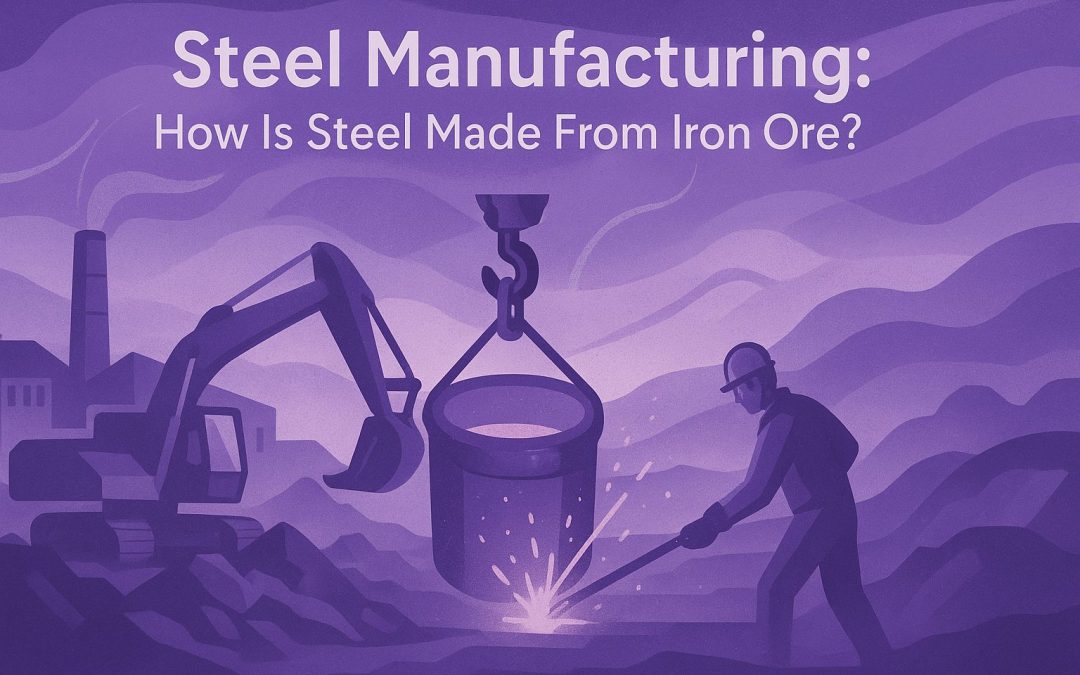
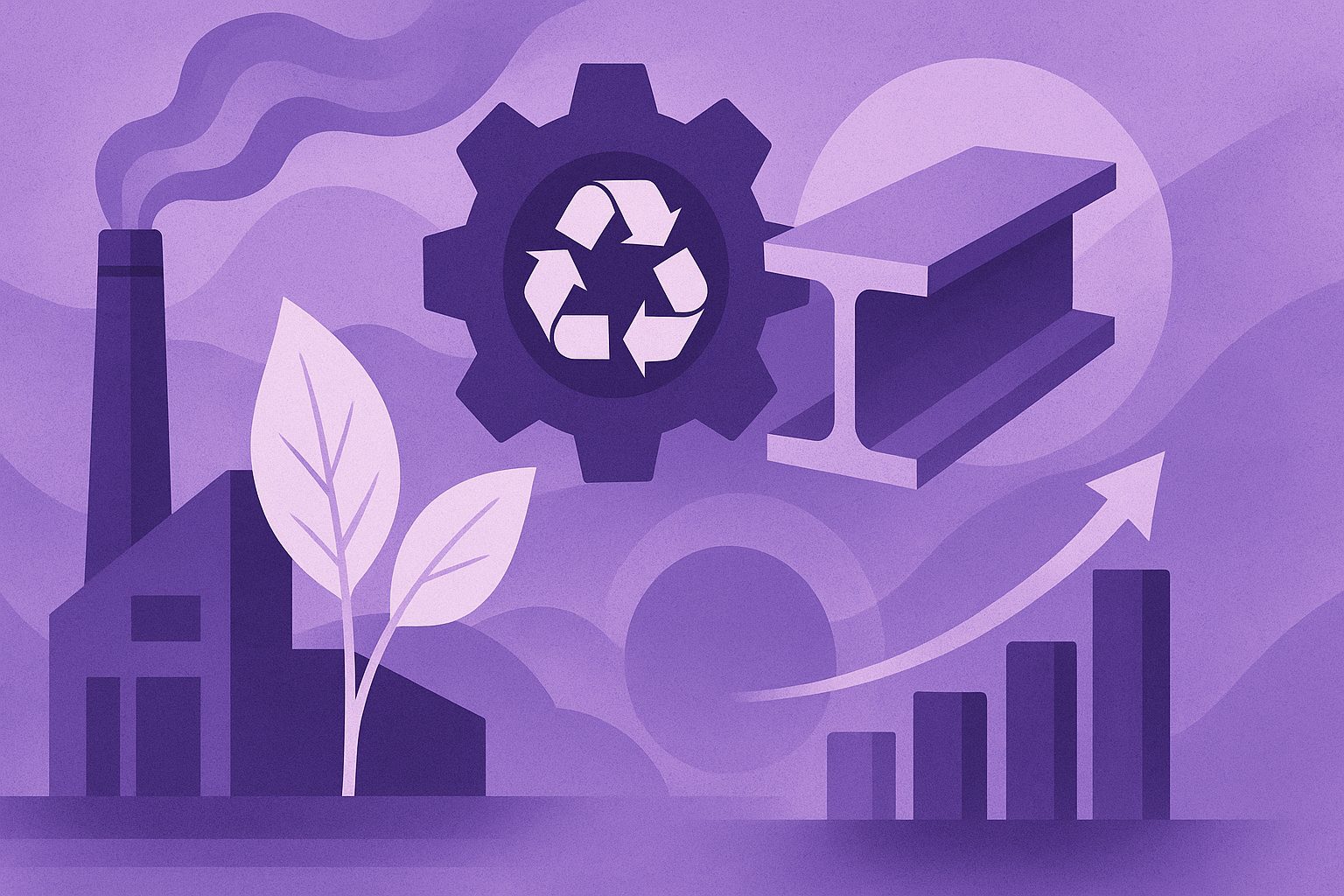
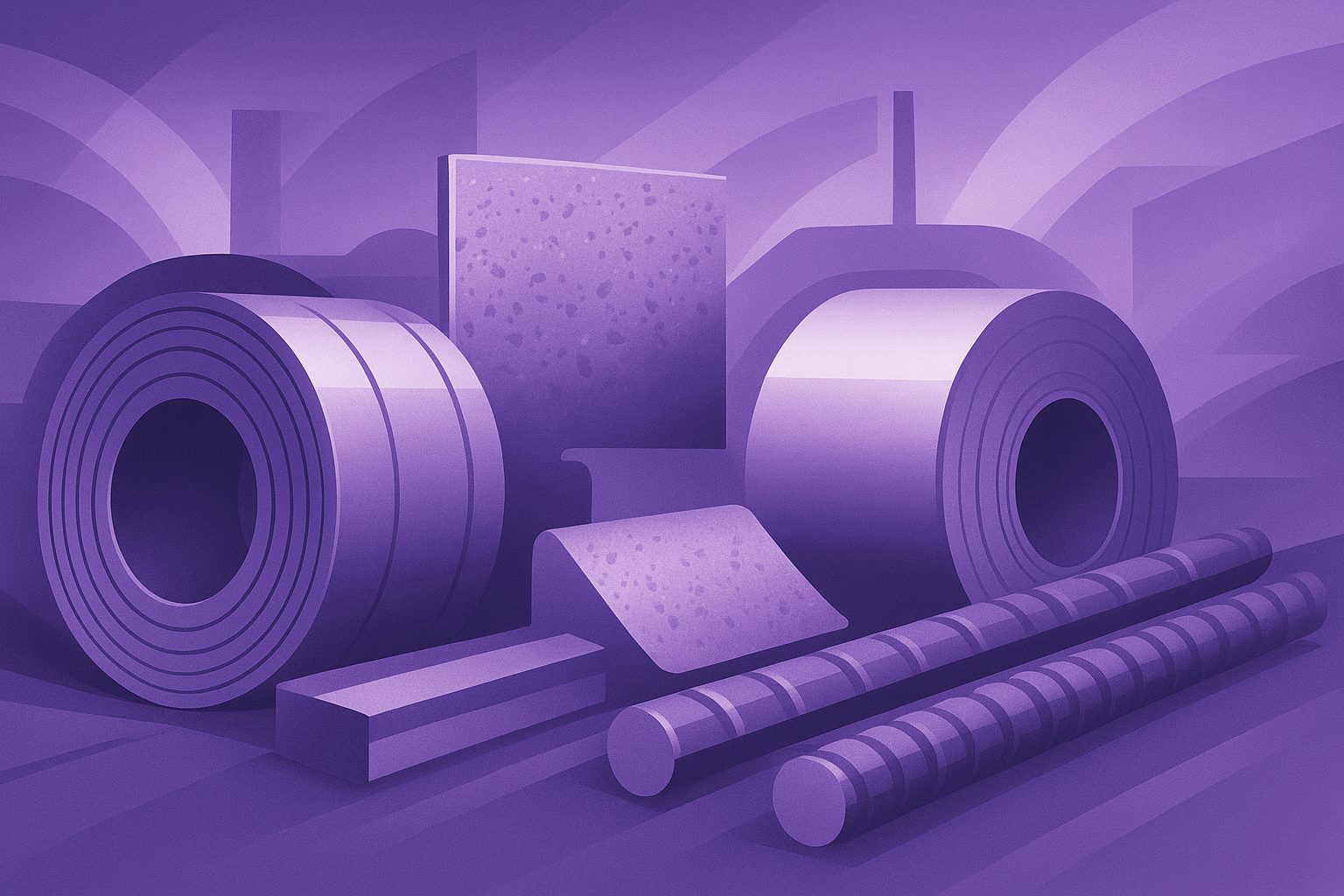


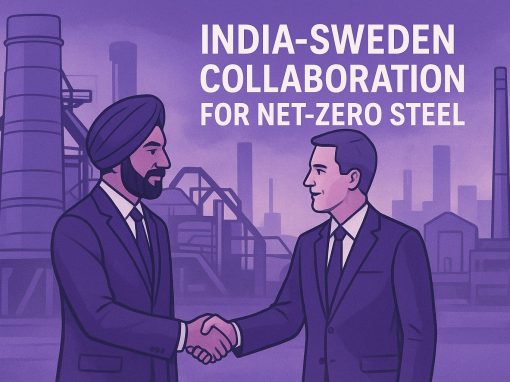
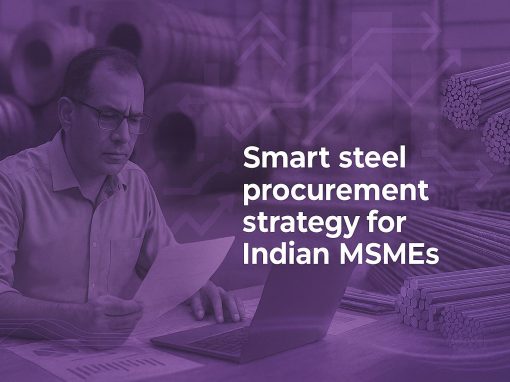
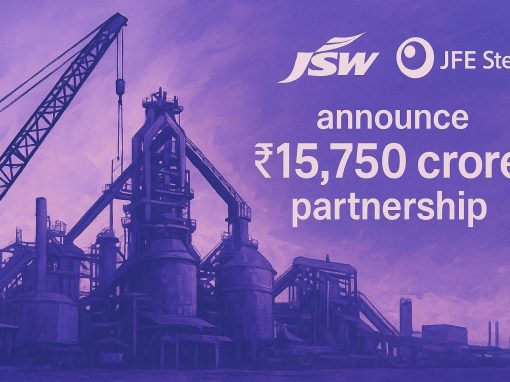
Sometimes technical articles can be hard to understand, but this one explained everything in a way that even someone who isn’t an expert could grasp. Thanks to the author!